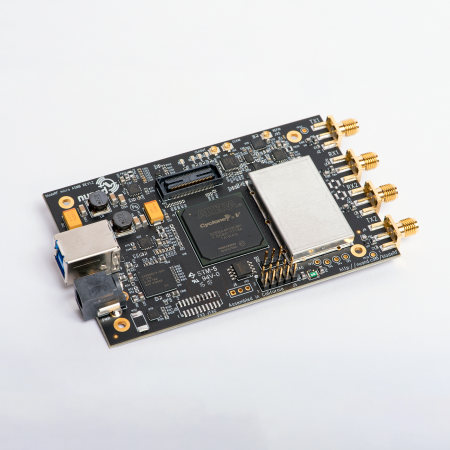We have come a long way with our platform support in the past couple of weeks. We have added and tested DC calibration, sped up FPGA programming, added a new bladeRF-flash tool and several streaming examples, and moved most of the API over to asynchronous calls.
To benefit from these changes you must upgrade your device, instructions on upgrading the bladeRF can be at https://github.com/Nuand/bladeRF/wiki/Upgrading-from-v1.0 .
Within the next week we will merge the SPI flash based FPGA loader, which allow the bladeRF to not require a computer to load the FPGA and in effect run headless. Afterwards, our focus will switch to back to merging in timestamped transmissions support, this will enable OpenBTS to run on the bladeRF.
There is now a Windows based installer for the bladeRF that will install all of the relevant drivers, user mode utilities, and FX3/FPGA images. The file can be directly downloaded from http://nuand.com/downloads/bladerf_win_installer.exe .
We would also like to thank the community contributors that have provided patches, and pointed out issues to us. (Bugs and requests for features can be filed via Github athttps://github.com/Nuand/bladeRF/issues/new ).
Lastly, RTucker (HoopyCat) has created an autobuilder for the FX3 and FPGA images. The autobuilder recompiles everything on every commit that is merged into master on Github. The autobuilder can be found at http://hoopycat.com/bladerf_builds/ .



Recent Comments